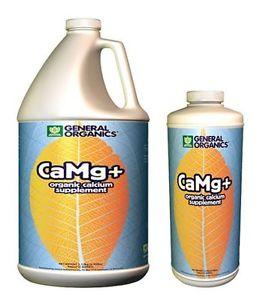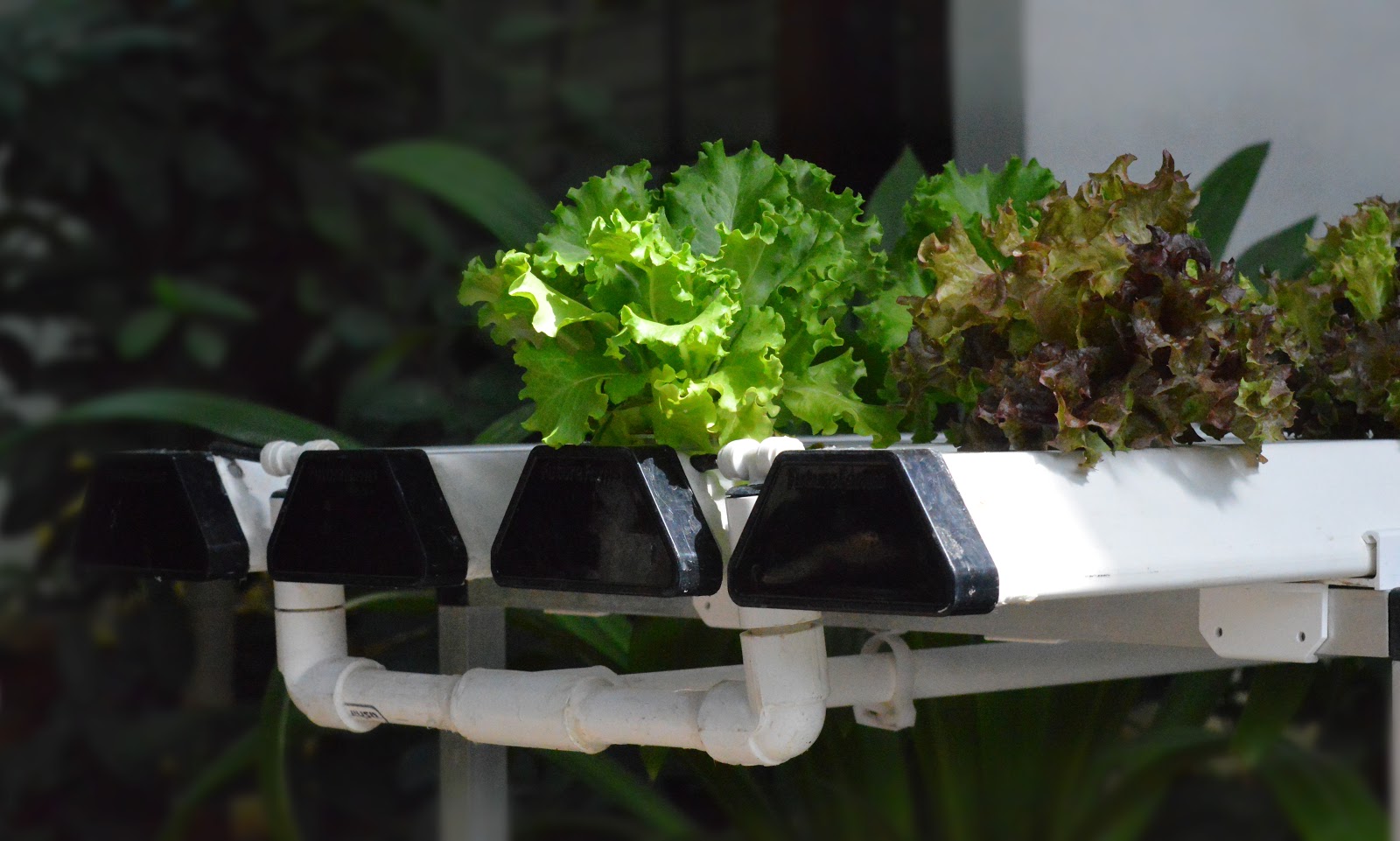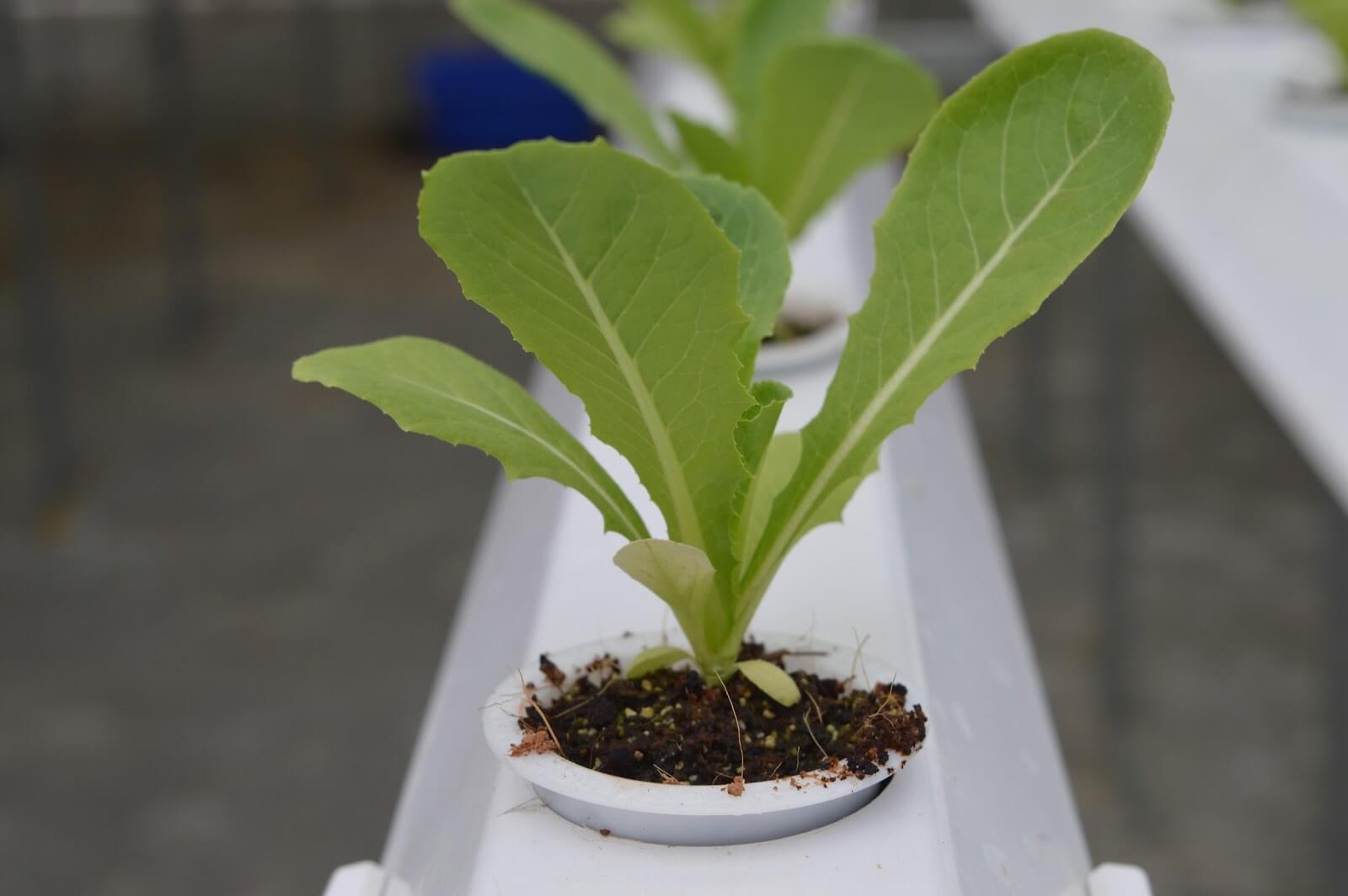
Role of Calcium and PH in Hydroponics
Role of Calcium and PH in Hydroponics
To understand the role of pH in hydroponics one has to backtrack to age-old soil growing. We know that soil has many macroelements and microelements essential for soil growing chief of which are nitrogen in the form of nitrates and phosphorus and potassium in their salt forms. Other microelements are calcium, magnesium, iron, molybdenum, zinc, copper, chlorine etc. The presence of these elements in their salt or chelate forms causes small acidic or basic compounds to form in the soil thus changing the overall pH of the soil. The effects of rain and other natural processes make changes to the pH of soil according to the changing seasons thus helping plants through their veg and flowering cycles. This has to be replicated in Hydroponics where we do not want natural processes to command our plant growth but rather induce pH and NPK ratio changes to achieve flowering or vegetative growth.
Hydroponics farming in India has to be careful about pH changes due to heat and water “hardness”. Water is considered “ hard” when there is a high amount of calcium present, This is a common problem in the water we get from bore wells and from corporation sources. The calcium in water can react with the hydroponic nutrients and make compounds out of the salt forms of the microelements that cannot undergo cation exchange with plant roots thus causing deficiencies and higher susceptibility to diseases. Therefore it is imperative that grower’s use RO or low EC water for hydroponic farming. The general guideline is a ppm below 30 or an EC below .3(mS/cm). Nutrients these days come with “soft” and “ hard” water versions which basically uses chemical forms to negate the effect of overactive calcium and preserve the ratios of mineral salts in the solution.
pH variation is achieved in hydroponics with the use of carefully formulated pH regulation solutions. These are usually made of phosphorus or nitrogen derived compounds such as phosphoric acid, nitric acid for acidic changes and sodium hydroxide in mild concentrations for basic changes. pH is recommended to be between 5.5 and 6.5 for hydroponics meaning a slightly acidic water medium. While some plants do like a more neutral or even slightly basic water medium, this is few and far between and 5.5-6.5 is the best bet to get great growth. pH dictates what nutrients are taken up. For example, better absorption of magnesium, molybdenum, and Sulphur happen at higher pH of about 6-7 but zinc, boron, and iron need lower pH of about 5-6, therefore, it may be useful to control pH during your growth stages based on the nutrients your plant needs more.
To sum up it is necessary to make sure the pH of your nutrient tank is measured and monitored whether doing hydroponics farming at home or on a commercial scale whether doing hydroponics farming in Bangalore<.a> or in Delhi and this can be done easily with the available equipment such as a pH pen as made by Bluelab or a pH test kit. The pen, of course, is the more accurate and simple option. For ph testing, it is imperative to have both the testing mechanisms and the regulation solutions. Make sure to use solutions from trusted vendors that do not mess with the NPK ratios or cause the growth of bad bacteria.


